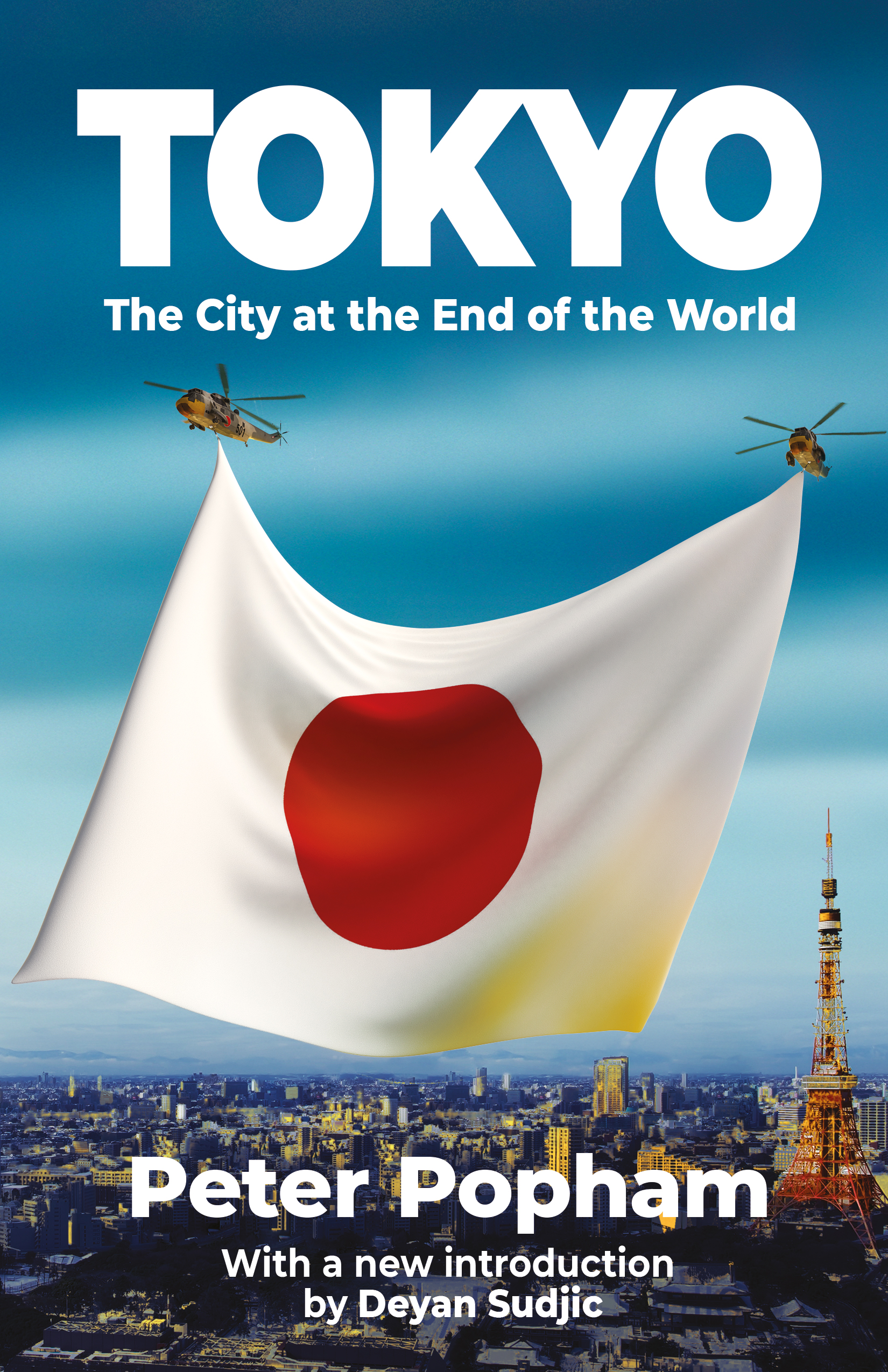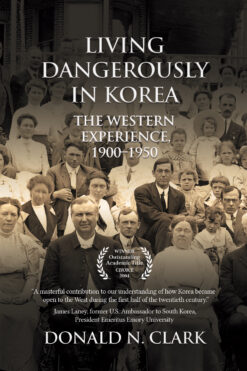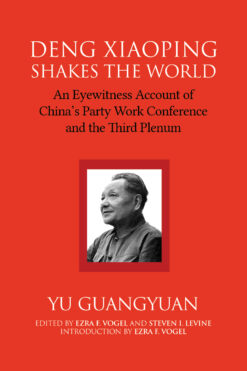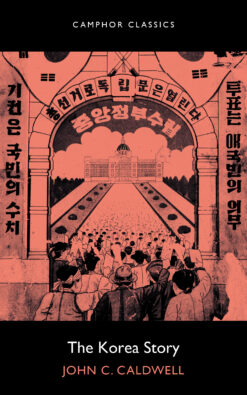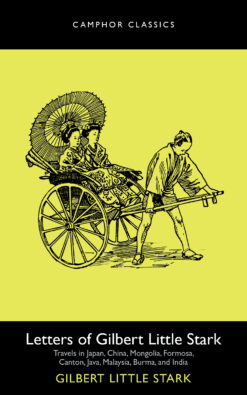Description
A 1985 journey of discovery around Tokyo at the peak of its dynamism, told through the buildings and urban spaces of the original megacity.
Ultra-modern in so many ways, Tokyo functions very differently from the cities of the West. The ultimate product of a civilisation legendary for its perfectionism and aesthetic sense, it seems on first acquaintance no more than a hideous jumble. Most of its streets have no names.
The zoning regulations that govern construction in the West seem quite unknown. Its architectural masterpieces are routinely torn down, Frank Lloyd Wright’s Imperial Hotel of 1922 being a famous example. There is no green belt, and even the best-known parks are little better than pocket handkerchiefs. Most alarmingly, Tokyo sits on geological foundations so treacherous that a major earthquake is expected every 60 years, and the last one (in 1923) flattened the place.
And yet and yet and yet – the city hums. It sings. It is in many corners a tranquil, intimate, lovable place – while at the same time hyper-responsive to the speed of change our technological age imposes.
“With its apparent lack of order, and unsentimental attitude to its past, Tokyo for much of the rest of the world comes across as a kind of controlled experiment for the limits of density and urbanity. Popham never treats the subjects of the experiment, if that is what it is, with anything less than the sympathy of one who lived there for many years, sinking deep personal roots.
“In doing so he paints a revealing and engrossing portrait of a city that says a lot, not just about Tokyo, but about the nature of all cities.”
—Deyan Sudjic, Director Emeritus of the Design Museum in London
About the Author
Raised in London, Peter Popham moved to Tokyo to teach English in the late 1970s as the city’s boom years got under way. He quickly realised he had a front-row seat for a major cultural eruption, and Tokyo: the City at the End of the World, his first book, captures the exuberant ambition of those years. He joined The Independent in 1990 as a roving foreign correspondent and reported for the paper from more than two dozen countries. His other books include The Lady and the Peacock, on Burma’s democratic revolution, which was a best-seller around the world.
Related books
Donald N. Clark
| $24.99 | $44.99 |
| Paperback | Hardback |
Yu Guangyuan
| $24.99 | $44.99 |
| Paperback | Hardback |
John C. Caldwell
| $2.99 | $14.99 | $24.99 |
| E-book | Paperback | Hardback |
Gilbert Little Stark
| $2.99 | $14.99 | $24.99 |
| E-book | Paperback | Hardback |


